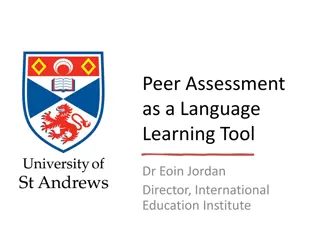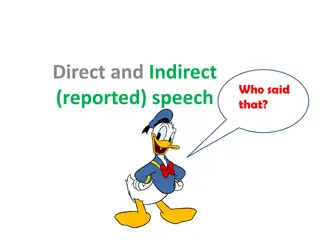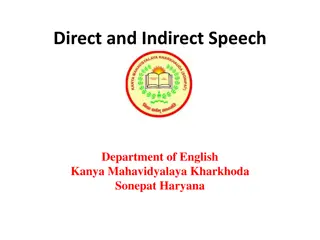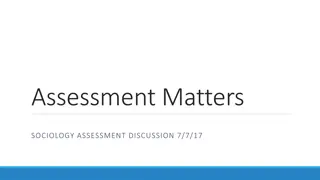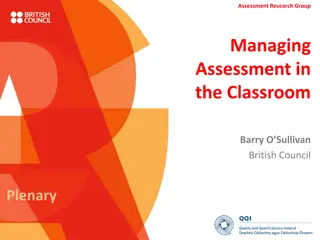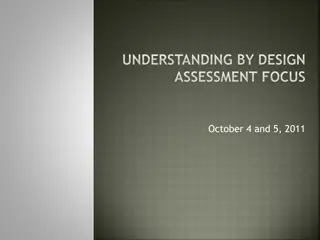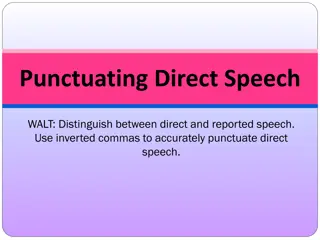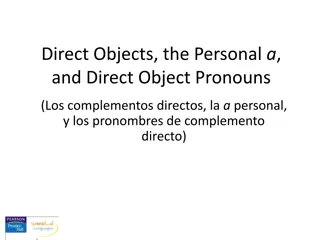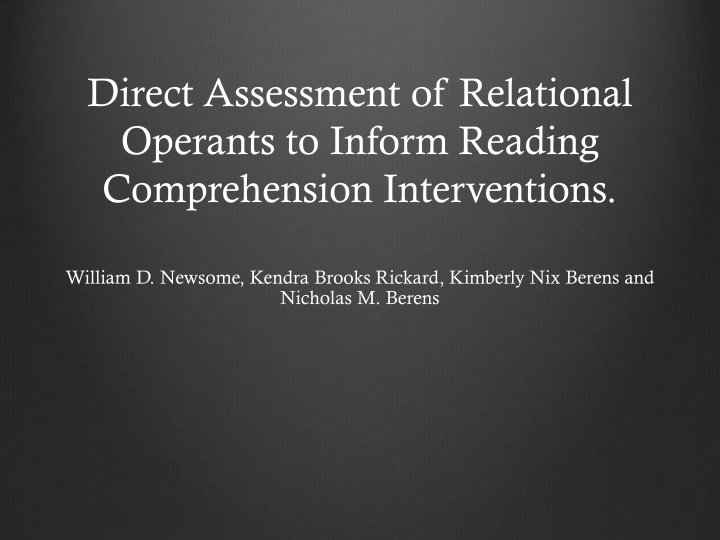
Direct Assessment of Relational Operants in Reading Comprehension Interventions
Enhance reading comprehension interventions by directly assessing component skills like relational operants. Learn how measuring critical skills leads to more efficient interventions for improved reading comprehension. Explore methods for skill measurement and analysis for tailored learning profiles.
Download Presentation

Please find below an Image/Link to download the presentation.
The content on the website is provided AS IS for your information and personal use only. It may not be sold, licensed, or shared on other websites without obtaining consent from the author. If you encounter any issues during the download, it is possible that the publisher has removed the file from their server.
You are allowed to download the files provided on this website for personal or commercial use, subject to the condition that they are used lawfully. All files are the property of their respective owners.
The content on the website is provided AS IS for your information and personal use only. It may not be sold, licensed, or shared on other websites without obtaining consent from the author.
E N D
Presentation Transcript
Direct Assessment of Relational Operants to Inform Reading Comprehension Interventions. William D. Newsome, Kendra Brooks Rickard, Kimberly Nix Berens and Nicholas M. Berens
Abstract A student s ability to comprehend what he/she reads is evidenced by effective action with respect to textual stimuli. Common tests of reading comprehension include questions about a reading passage that require the student to summarize and recall explicit details or infer new details beyond those explicitly provided. In this data- based presentation we will demonstrate how the treatment-utility of reading comprehension assessments may be improved via direct measurement of the component skills, such as isolated relational operants or phonemic decoding skills, involved in a broader reading comprehension repertoire. In short, direct observation of critical component skills allows for more efficient and effective interventions. Methods for component skill measurement and learning profile analysis are discussed.
Measurement of Reading Comprehension A student s ability to comprehend what he/she reads is evidenced by effective action with respect to textual stimuli Based on Skinner, 1957, p. 277 Common tests of reading comprehension include questions about a reading passage Summarize and recall explicit details Infer new details beyond those explicitly provided
QRI 1. Why was the bear sad at the beginning of the story? Explicit: because he didn t have anyone to play with 3. What was the bear doing as he sat by a river? Explicit: Playing music 2. Why did the father think that the bear could find a friend just by being himself? Implicit: the bear was nice and being nice makes friends 6. Why did the bear and the rabbit become friends? Implicit: because of their love of music
Measurement of Reading Comprehension These assessments can say something important about where learners are, but say little about where to go This is the level of performance where comprehension problems present themselves Many component repertoires must come together at once to be successful at this level Our assessments and treatment put laser focus on these critical components
Critical Components of Reading Comprehension Fluent Reading Deficits in reading fluency are the most common attribute of learners with low reading comprehension Reading 30 words/min Measurement of the components of fluent reading Our reading assessment includes direct measurement of fluency and accuracy of 80+ component skills in addition to reading comprehension tests Pinpoint curriculum
Critical Components of Reading Comprehension Fluent Relating The context for understanding a reading passage is only partially represented by the content of the passage itself The rest = A learning history rich with languaging, AARR Relational deficits sometimes accompany slow reading Relational deficits make learning to read difficult Fluency of relating can be measured too Assessment of 30+ relational operants Coordination, distinction, hierarchy, ordinal position, deictics, chronology Concrete features, expanded features, functions
Low Rel. Fluency High Rel. Fluency Strong sight reading Hyperlexia (less common) High Five! Language enrichment Build reading fluency Reading and relational training simultaneously Phonemic awareness and decoding Common and quickly transformed Unfortunately, a typical observation
Reading Fluency & Comprehension Accuracy 140 100% 90% 120 80% Oral Reading CBM Fluency 100 70% 60% QRI - Narrative Narrative Comp ?s Fluency 80 50% 60 Oral Reading CBM Accuracy 40% 30% 40 Narrative Comp ?s Accuracy 20% 20 10% 0 0% Pre Post 140 100% 90% 120 80% Oral Reading CBM Fluency 100 70% 60% Expository Comp ?s Fluency 80 QRI - Expository 50% 60 Oral Reading CBM Accuracy 40% 30% 40 Expository Comp ?s Accuracy 20% 20 10% 0 0% N=15 Pre Post
Reading Performance & QRI Accuracy 250 120% CBM Fluency (Y1), CBM Accuracy (Y2), QRI Accuracy 100% 200 R = 0.1351 Oral Reading CBM Fluency 80% Reading Accuracy 150 Reading Fluency Oral Reading CBM Accuracy 60% 100 40% 50 20% R = 0.242 0 0% 0% 20% 40% 60% 80% 100% 120% QRI Narrative Comp. ? Accuracy N=15
FFC, Similarity, Rel. Flexibility & QRI Accuracy 40 120% 35 100% R = 0.2636 30 80% Accuracy - % Correct 25 R = 0.0891 Fluency Describe - FFC 20 60% Relate 2 items -Sim DC R = 0.1266 Relational Flexibility Accuracy 15 40% 10 20% 5 0 0% 0% 20% 40% 60% 80% 100% 120% QRI Narrative Comp. ? Accuracy N=15
Treatment Utility Gain Reading fluency and relational fluency both matter for reading comprehension Standard tests offer a molar view of reading comprehension No more is useful in most school settings Direct assessment of component skills aids design of maximally effective and efficient curriculum



